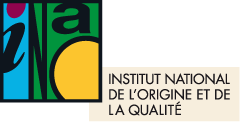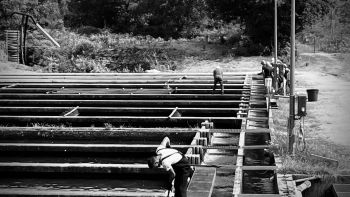
Aquitaine caviar, "a young centenarian
Historically, wild sturgeon were caught in abundance in the estuaries of the Aquitaine basin (Garonne, Dordogne and Adour). In the early 20th century, caviar production began in the region with the arrival of Russians who taught local fishermen the art of preparing caviar. Production took off after the Second World War. Since the ban on fishing and marketing wild caviar in the 2000s, in order to preserve the resource, only farmed caviar is marketed.
.A production rooted in its region
All stages from fry production to caviar processing and packaging take place within the PGI geographical area, in the Gironde, Landes and Lot-et-Garonne départements, and in certain communes of Charente, Charente-Maritime, Dordogne, Gers and Pyrénées-Atlantiques.
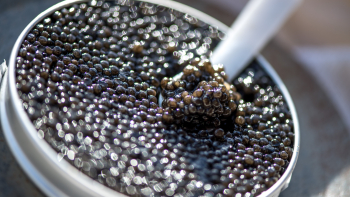
The rearing cycle takes place in the area, in basins and ponds fed by the rivers and springs of the Adour-Garonne Basin. They are located at low altitude, rich in alluvial deposits and suspended sediments, essential to the sturgeon's well-being due to its lucifugic (light-fearing) nature, and with the thermal characteristics necessary for its growth and caviar maturation.
Only one species of sturgeon is authorized: the Acipenser Baerii Baerii.
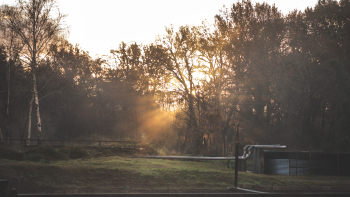
A demanding, high-quality and sustainable approach
Picking and processing are carried out on the same site, continuously over a short period of time, to ensure the sanitary quality and freshness of the caviar. Salting is an essential skill for producers in the area, and must not exceed a certain level of incorporation, as the reputation of "Caviar d'Aquitaine" also comes from its less pronounced salty notes than those of other caviars. All these practices combine to produce a product that meets the organoleptic criteria specific to "Caviar d'Aquitaine". This consistently high quality over time has rapidly won the confidence of consumers and established the reputation of "Caviar d'Aquitaine" on a lasting basis.
.Producers have also made choices in terms of feed to guarantee quality caviar, notably by banning GMOs, antibiotics and food colorings, and by supervised use of palm and palm kernel oil derivatives. The sturgeon's nutritional intake is adapted to guarantee the caviar's organoleptic characteristics.
Economic data (2024 figures)
16 tonnes
de caviar d'Aquitaine produites en 2024
76% des ventes
du Caviar d’Aquitaine s’effectue en France
About the Protected Geographical Indication (PGI)
PGI is linked toa know-how. It identifies an agricultural product, raw or processed, whose quality, reputation or other characteristics are linked to its geographical origin. At least one stage in the production, processing or elaboration of this product must take place in the delimited geographical area. The PGI guarantees the product protection at both national and European level. Compliance with PGI specifications is regularly monitored by independent bodies accredited and supervised by the State.
The latest approvals for French SIQO products
The name "Pérail" is officially recognized as a Protected Geographical Indication (PGI), by publication, on May 26, 2025...
News
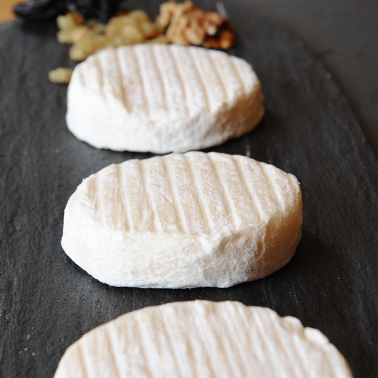
News
The name "Caviar d'Aquitaine" is officially recognized as a Protected Geographical Indication (PGI), with the...
News
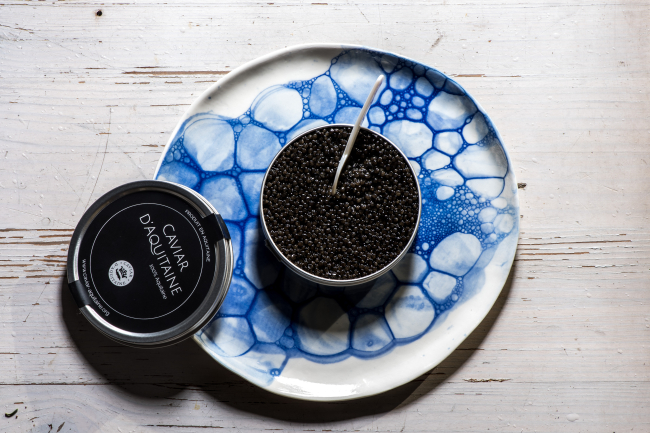
News
The "Melon de Cavaillon" denomination is officially recognized as a Protected Geographical Indication (PGI), with the...
News
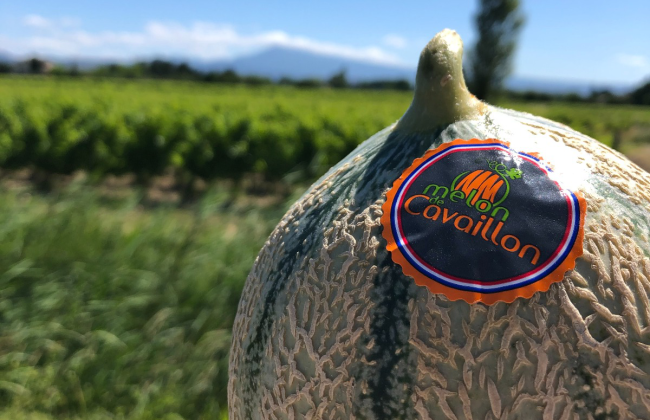
News
